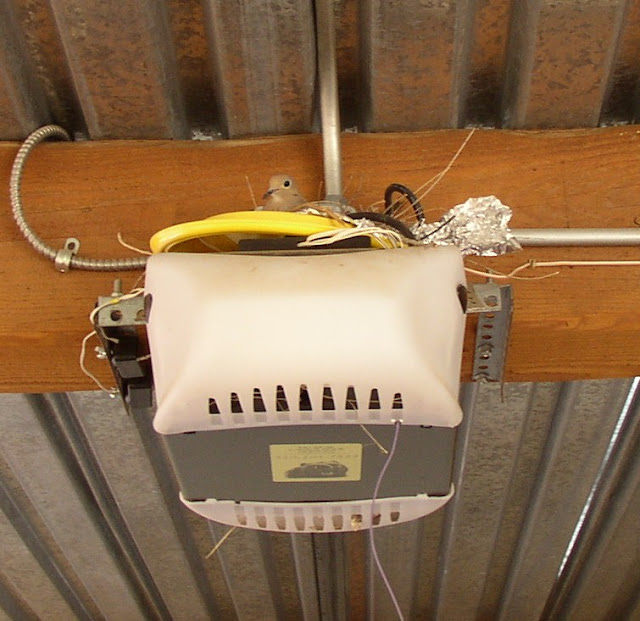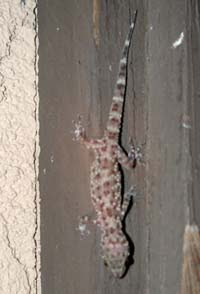Although yesterday (Memorial Day) was a mild and beautiful day here in Tucson, this morning there is considerable suspended dust hanging in the air. It was quite cool at sunrise, and the low temperature here at the house was 47F - so we'll probably have a diurnal range today of around 50F. There's not much to summarize for May. Precipitation here was a Trace, with the dominant weather being wind and dust during the month. Coolest morning was on the 1st with 34F; hottest days were the 27th and 28th with airport highs of 100F. The only precipitation across southeast Arizona occurred at the highest elevations and was light.
-----------------------------------------------------------------
PHOENIX RADAR BACK IN OPERATION!
The NWS radar at Phoenix (KIWA) is operating again, so I assume that the upgrade to dual-polarization has been completed. Looks like there are a few bugs to work out - the radar this morning appears to have gone into precipitation mode due to unfiltered ground clutter. The area out south of Wickenburg is notorious for rock rain (what I term ground clutter that is strong enough to accumulate false rainfall amounts). There should be an enhanced suite of products becoming available, and hopefully details will be posted shortly.


















































